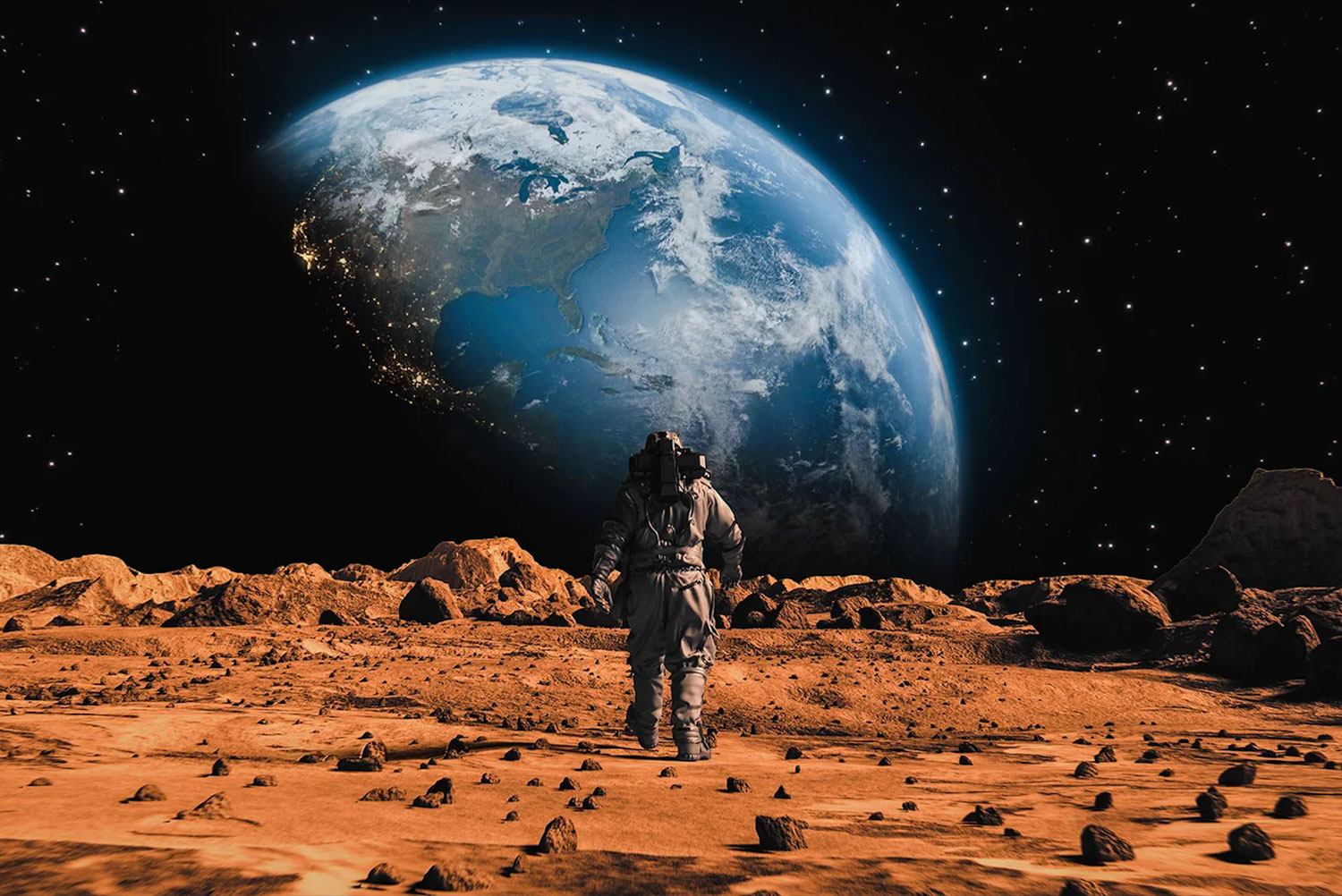CHAPTER XX — ART
byCHAPTER XX — ART delves into the central role of art in Martian society, where it is viewed not just as a form of aesthetic expression, but as an essential manifestation of an individual’s connection to the universe. Art, in the Martian worldview, transcends the purely visual or auditory; it is deeply intertwined with the soul’s growth and its alignment with divine principles. The chapter suggests that every Martian is born with an intrinsic artistic drive, but it is only those who have reached higher spiritual and physical states who can fully realize and express this potential. For these individuals, the act of creating becomes a direct reflection of their inner state and their harmony with the cosmic order. This artistic impulse is presented as a necessary part of spiritual development, and the act of creation is viewed as both a personal journey and a societal contribution to the collective well-being.
As the narrative continues, it contrasts the development of art on Mars with the early, primitive artistic efforts of humans, suggesting that the quality and depth of artistic expression correlate directly with the evolution of the soul. The author draws comparisons between the advancements of Martian art and the growth of art among spiritually inclined humans, particularly those within monastic communities during the Middle Ages. These human artists, much like the Martians, used art as a means to express their connection to something greater than themselves. However, the chapter critiques contemporary human society, especially in the Western world, for its materialistic and consumer-driven approach that has significantly diminished the value of art. Modern culture, it argues, has shifted away from seeing art as a spiritual practice and instead views it as a commodity for personal gain or status. The chapter laments that the appreciation of art and nature has been overshadowed by the pursuit of profit and technological advancement, leaving little room for genuine spiritual engagement with the creative process.
On Mars, every citizen is considered an artist in their own right, and all forms of creation, whether it be in the workshop, the loom, or the forge, are regarded as acts of artistic expression. This universal artistic impulse is ingrained in the Martian ethos, with every creation being a reflection of the creator’s soul and a contribution to the planet’s spiritual and material progress. The chapter emphasizes that Martian art is not confined to works of fine art alone; it extends to every aspect of daily life, turning even industrial labor into an opportunity for creative expression. The Martians’ approach to art blurs the line between artistic work and practical tasks, where every action has the potential to be an expression of the divine. This integration of spiritual and material pursuits is seen as a key factor in Martian society’s prosperity, where art is not just a means of beautification but an essential part of the society’s function and progress. The chapter celebrates how this fusion of art and life creates a harmonious balance between physical labor and spiritual growth, with each act of creation contributing to the collective evolution of the Martian race.
The chapter further explores the role of art as a historical and spiritual record of Martian civilization. Martian art is portrayed as a visual narrative, chronicling significant events and achievements of the planet’s history. One of the most profound moments captured in Martian art is the visit of Christ to Mars 10,000 years ago, a momentous event that is immortalized in the planet’s artistic traditions. Through paintings, sculptures, and tapestries, these historical events are depicted not just as mere occurrences in time, but as spiritual milestones that shaped the collective consciousness of the Martian people. The chapter illustrates how Martian art serves as both a testament to their cultural history and a means of communicating their deep spiritual beliefs. These artistic representations are more than just historical records; they serve as a way for the Martians to reaffirm their connection to the divine and their shared journey toward spiritual enlightenment.
In the final sections, the chapter emphasizes the importance of art in Martian society as a bridge between the material and spiritual worlds. The act of creation is described as a sacred duty, where each work of art carries with it a deeper meaning and contributes to the Martians’ ongoing spiritual evolution. The chapter concludes by reflecting on how Martian art offers a unique window into their society’s values and beliefs. It underscores that the Martians do not separate art from spirituality; for them, every act of creation is an expression of the divine, and every work of art is a reflection of their collective soul. The chapter paints a picture of a society where art is not just an aesthetic endeavor but a fundamental part of life, spirituality, and progress, offering a stark contrast to the materialistic tendencies seen in human culture. Through this rich narrative, the chapter provides a powerful example of how art can be a tool for spiritual growth, societal advancement, and the preservation of cultural heritage.


